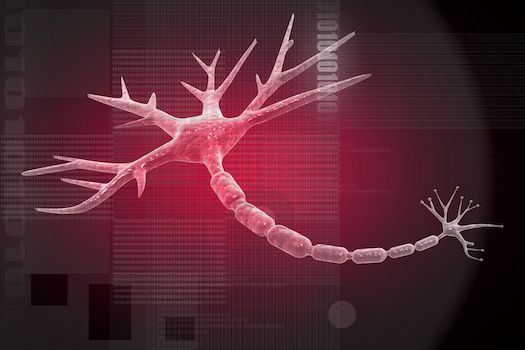Article
CMSC 2017: Assessing Risk Factors for Multiple Sclerosis
Author(s):
The genetic, environmental, and immune factors behind the disease.

There is no one determining factor when it comes to predicting the likelihood multiple sclerosis.
“There are three major ingredients to the problem,” said Patricia M. Coyle, M.D., during her lecture at Consortium of Multiple Sclerosis Centers (CMSC) Annual Meeting on Wednesday, May 24 in New Orleans.
Coyle, who is a professor and vice chair (clinical affairs), as well as the director of the MS Comprehensive Care Center at Stony Brook University Medical Center, said research indicates genetics, the environment, and immune-mediated injury are all contributing factors. She provided physicians with an overview of those factors, as well as MS neuropathology, diagnosis, and the unmet needs of patients in her lecture titled, “Personalizing the Personalizing the Management of Multiple Sclerosis: A 3 Dimensional View of Current and Emerging Therapies.”
About 20% of MS patients have a positive family history of the disease, Coyle said, with the general population risk standing at 1 in 750. A person’s risk goes up to 2-3% if a first-degree relative has the disease, and to 30% if a person has a monozygotic twin. MS, she added, tends to cluster in families.
Coyle said what MS patients often need to hear most from physicians is this:
“There is no gene that passes on MS. This is not a genetic disease. But there is a genetic background that makes patients more vulnerable, more susceptible to MS.”
According to Coyle, genetic predisposition is most clearly linked to the gene HLA-DRB1*1501, which accounts for up to 10.5% of risk. This and other associated genes interact with environmental factors, epigenetics, and gene networks to determine predisposition.
Environmental factors that play a role in MS include vitamin D deficiency, which increases the risk of the disease, Coyle said. Epstein Barr virus has been linked to MS, she added, noting that all adult cases of MS are EBV seropositive. Clinical mononucleosis, smoking, low exposure to sunlight and UV radiation exposure, as well as birth month, are also factors, she said. Research shows that there is an increased MS risk in children born in the northern hemisphere in April and May compared to October and November.
Other linked environmental factors include: western inflammatory diet, adolescent obesity, permissive gut microbiome, adolescent shift work, and high hygiene environments/lack of parasitic exposure in childhood.
“Then there’s this confusing data that alcohol and caffeine may be good for MS,” noting that this wasn’t sufficient justification to go live it up on Bourbon Street.
Coyle said that innate and adaptive immune-mediated inflammatory mechanisms are involved in MS, with immune cells reaching the central nervous system and causing damage to neural tissues.
From a neuropathological standpoint, Coyle said the focus is on inflammation in the forms of demyelination and neurodegeneration.
“Neurodegeneration is present from the earliest time point,” she said.
On a macroscopic level, plaques are present around venules and close to cerebrospinal fluid. Clinicians can expect to see edema, inflammation, demyelination, axonal injury, neuronal/oligo loss, astrocytosis and remyelination in about 70-80% of patients.
“When we’re looking at the typical clinical MRI scan, it’s the tip of the iceberg,” Coyle said.
Microscopic changes are also taking place in the ion channels, synapses, and axoglial unit.
Taking these factors into consideration, Coyle said diagnosis must include clinical findings supported by lab data, blood work, MRIs and a study of cerebrospinal fluid. She added that the diagnostic criteria will be updated this year from the current 2010 version and that doctors shouldn’t apply the criteria to non-specific symptoms.
From a patient’s standpoint, Coyle said physicians need to keep in mind that the primary patient complaint among a 2015 survey of 245 with the disease was fatigue. Sixty-five percent said this was their biggest problem, and 80% of MS patients report this symptom — one that is not well-understood. Fatigue, Coyle noted, is also often coincident with depression, sleep disturbances and cognitive decline.
The same survey asked patients how satisfied they were with current medication options. Only 39% said they were satisfied and 27% said they were very satisfied.
“It really states that we have room for improvement.”




